HOT ROD Magazine: 75 Years
The Definitive and Official History
 by Drew Hardin
by Drew Hardin
“Coming up with a magazine concept, and even its purpose, is a big achievement. Filling these pages is another challenge entirely.”
Well, HOT ROD cofounder Robert Einar Petersen (b. 1926) caught lightning not just this once but several times, founding a powerhouse publishing empire that would set the bar for years and decades. He would sell his company for $450 million, in 1996, to an outfit that sold it a mere three years later for four times as much. His original partner, Robert Lindsay, probably wished he’d stuck around longer . . .

The time is 1968 and all those covers represent “only” 20 years. This photo was taken outdoors, and no sooner had the shutter stopped clicking that the rain let loose. It never rains in Southern California, eh?
The bit about the Petersen riches is relevant only insofar as the writer of the Foreword, erstwhile HRM Editor David Freiburger, makes a remark that is a useful reference point in pegging the magazine’s impact on and importance to the hot rod movement: HRM staffers “were always underpaid zealots who would virtually do the job for free just so they could be involved.” Pete Petersen himself started out with just that mindset, and on that rests the foundation of a magazine that is the oldest one in the world devoted to hot rodding, having been in continuous production since 1948.

In the days of yore, when layouts were done with wax paper and x-acto knifes on artboards with tissue overlays and you needed to think in points and picas, that’s when you needed to know how to interpret the sort of page mark-up you see here.
If HRM is on your radar at all, you couldn’t possibly be unaware of an earlier book, also by Drew Hardin, and also with a Foreword by Freiburger who was then still Editor in Chief: HOT ROD Magazine—All the Covers (2010; ISBN 978-0760338179). It was/is a most excellent book but surely left you wishing for a broader, deeper approach. This new book does that (the subtitle can be trusted), and together they make a fine pair.

All nine chapter openers use the same design elements but different background colors. Sounds easy? Well, it ain’t.
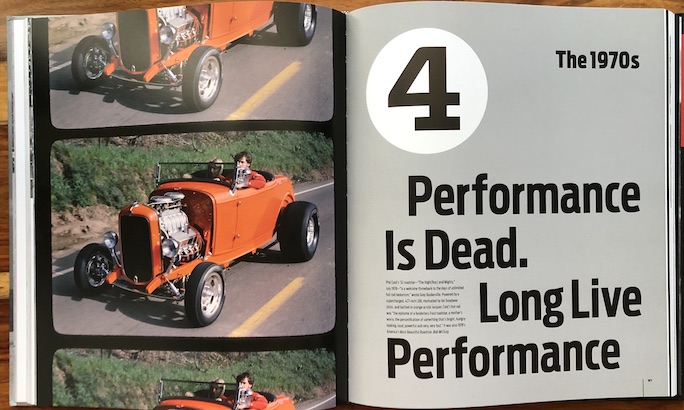
Hardin has been in the Petersen Publishing world since 1986 when he became an editor of one of the other mags, moving on in time to ever greater roles including a 1994–96 stint at the helm of HRM. In other words, he knows on whose doors to knock to get the story for this book. Many of the interviewees are storied fixtures in the hot rod world, in quite a few cases contemporaries of Petersen with a front row seat to watching the kid whose school principal had prophesied “would never amount to anything” create something very big out of nothing much at all.

Here’s a puzzler, but not for the reason you think (an electric hot rod??). When Project X, the car on the left, was unveiled at the 2021 SEMA show, the faithful called it blasphemy, clamored for heads to roll at HOT ROD, and some cancelled their subscription. So, why is a car that was on 21 magazine covers and written up in 93 articles not referenced in the Index?? It’s not under P, nor X nor C (as in Chevy). And it’s not a question of lack of space; the Index has room for several more lines. The one and only reference to this page (202) is under T: “twenty-twenties, HOT ROD in, 195–203.” But credit where credit is due—there is an Index; and this entry, and all the other ones, are beautifully structured, clearly the work of a sentient being.
Another remark of Freiburger’s is worth relating: “I’m here to convince you that the magazine’s legacy and the impact of this book are far deeper that just old photos.” There are plenty of those here, and it would be all too easy to simply just look at them and the captions and call it a day. But not only should you read the text but, better still, pause often and really swirl a thought around in the ole brain box: hot rodding “was a thing” decades before the two Roberts figured what the world needed was a magazine, but it was on the sidelines. The recovery after World War II was a unique accelerator for matters mechanical and also philosophical. There then were unconnected dots in the fabric of society that no longer exist today, making this story utterly unique and utterly American. In hindsight, the HRM and with it the Petersen story seem inevitable but back then it was implausible and improbable. Even if you don’t give a hoot about hot rodding, this book speaks to a whole bunch of things beyond that.
Copyright 2023, Sabu Advani (speedreaders.info).


 RSS Feed - Comments
RSS Feed - Comments




















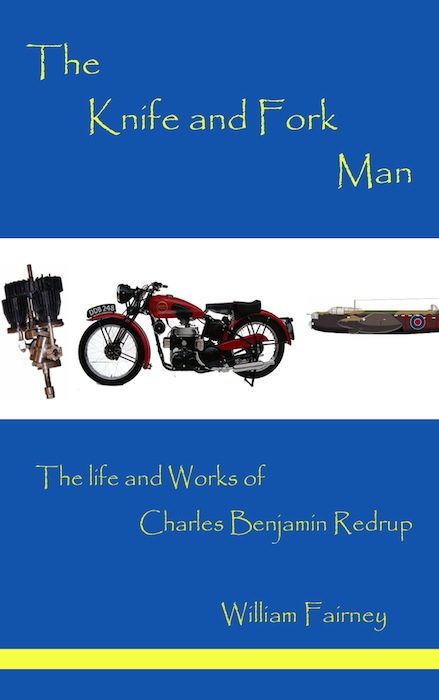
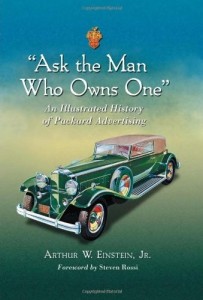















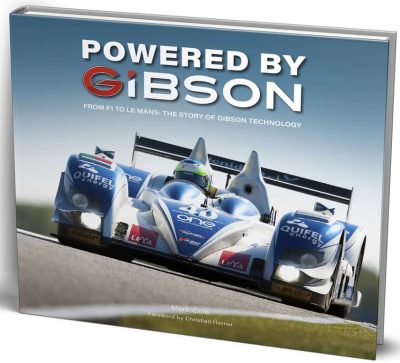





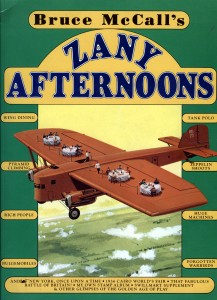



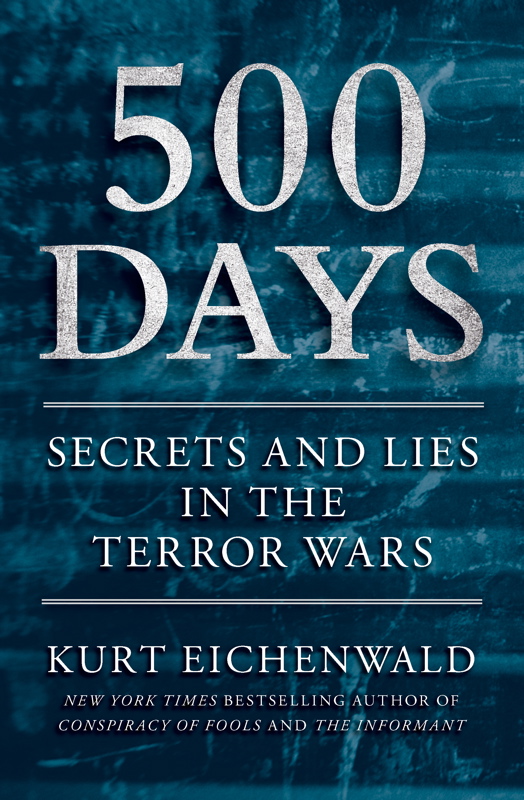
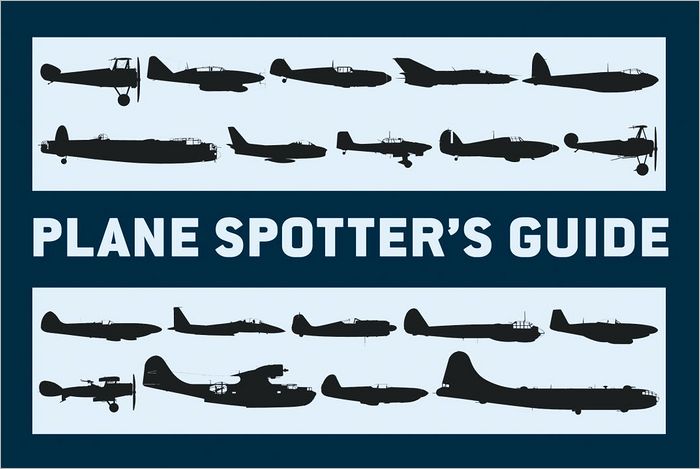


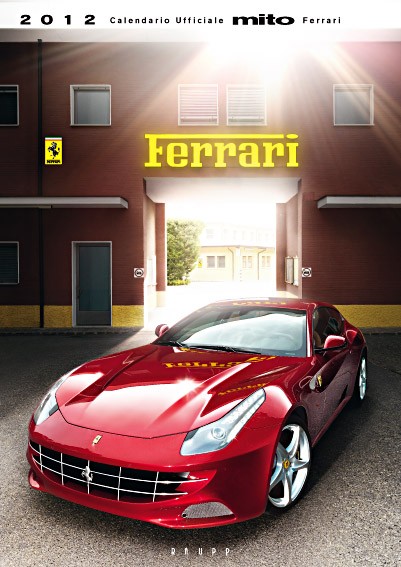


















 Phone / Mail / Email
Phone / Mail / Email RSS Feed
RSS Feed Facebook
Facebook Twitter
Twitter